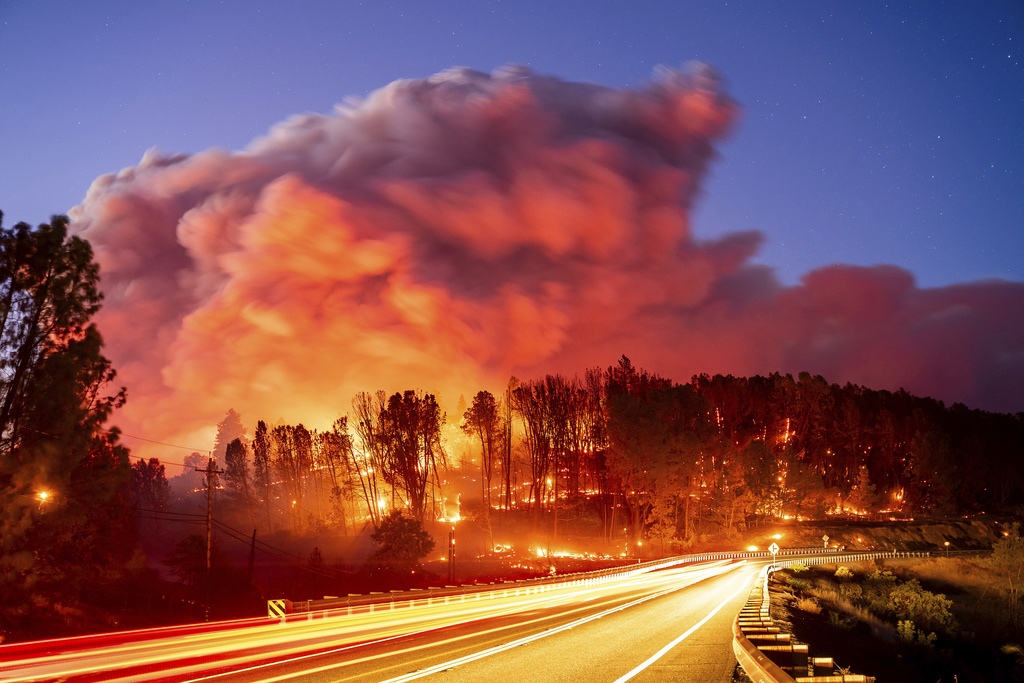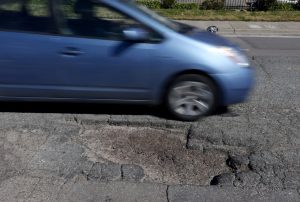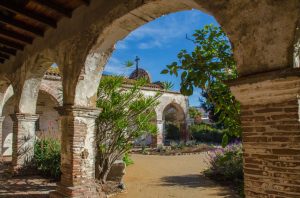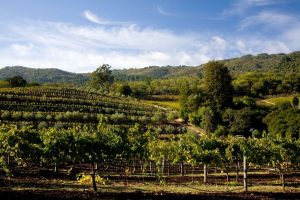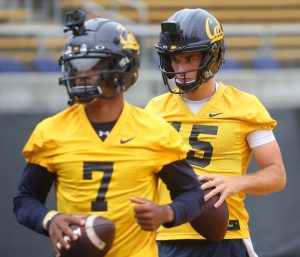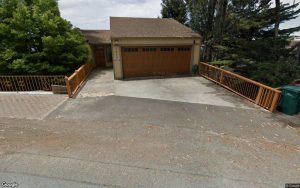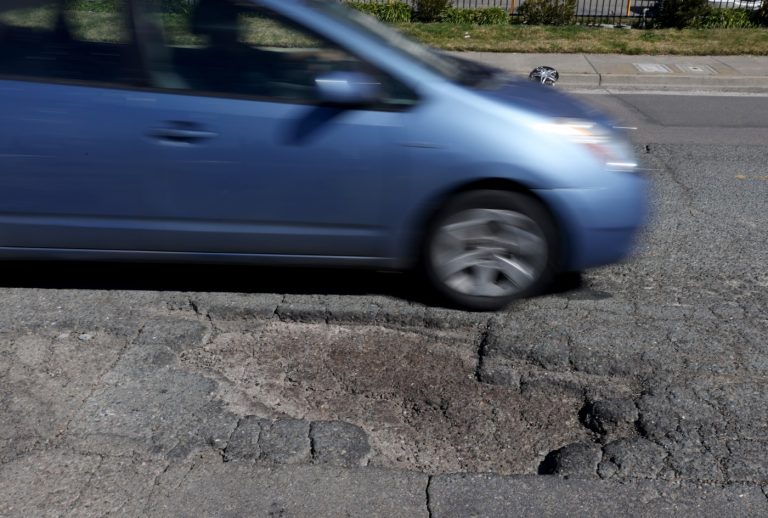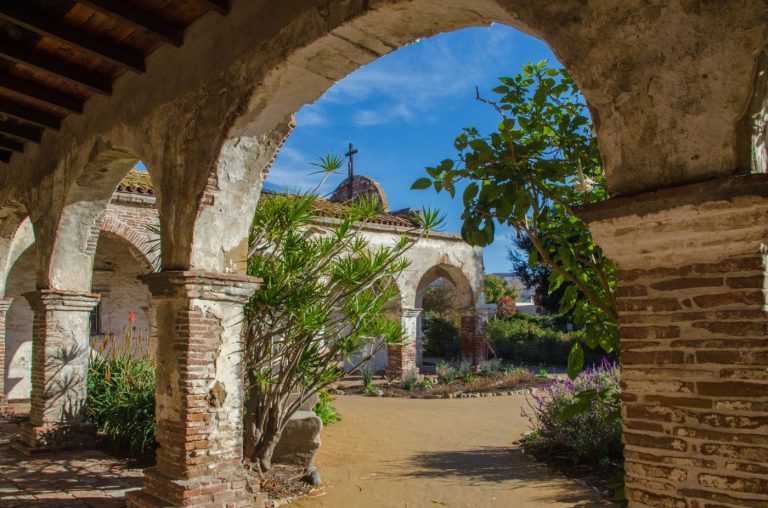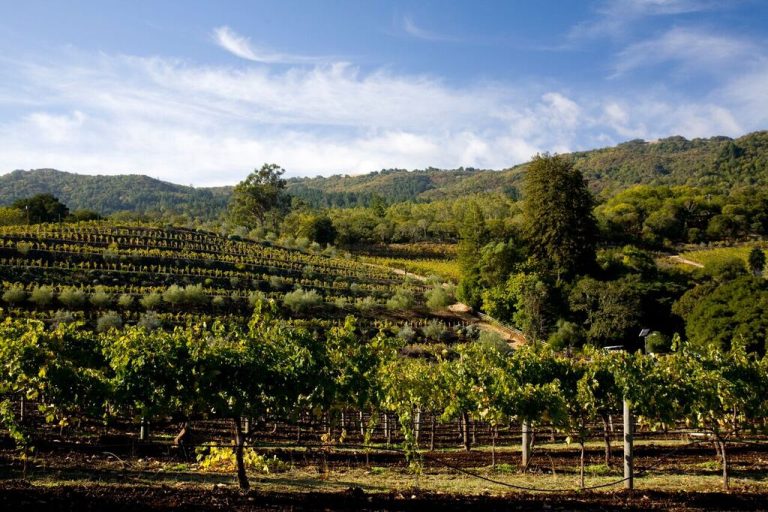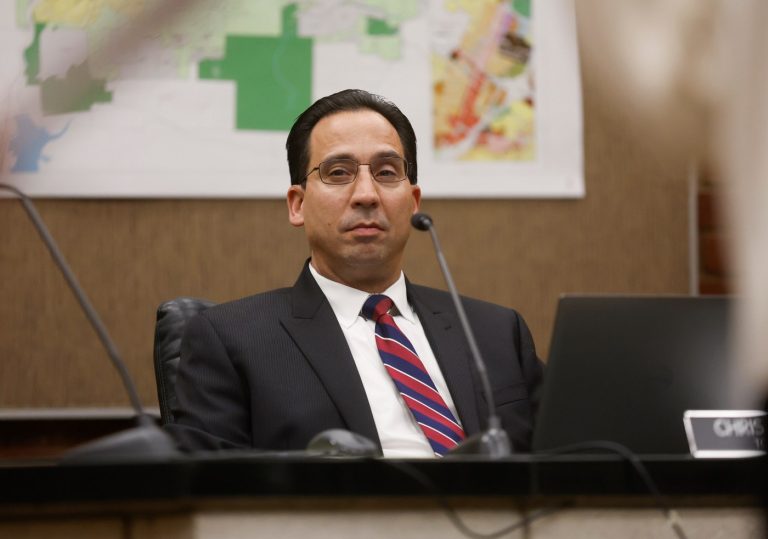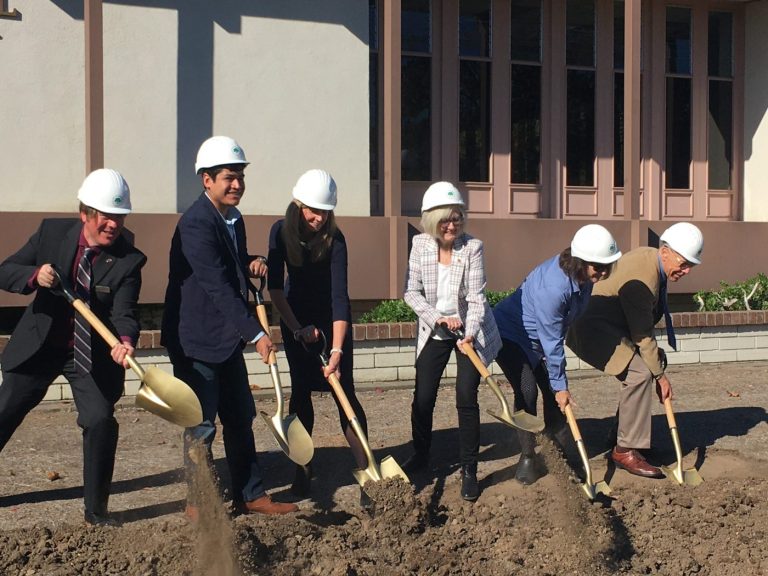After two relatively mild years in a row, California is off to its most severe wildfire season in 16 years.
“We are going through a particularly rough year so far,” said Battalion Chief Issac Sanchez, a spokesman for Cal Fire, the California Department of Forestry and Fire Protection.
Through July 30, more than 629,000 acres burned statewide — the most by that date since 2008, according to a Bay Area News Group analysis of data from the National Interagency Fire Center in Boise, Idaho.
Back in 2008, a series of highly unusual dry lightning storms in blitzed the state in June during drought conditions, causing hundreds of fires to break out at the same time early in the fire season. Then-Gov. Arnold Schwarzenegger called the number of fires “a real shock” as crews from as far away as Australia, Brazil, Canada and Mexico arrived to help battle them.
This year, experts say, there’s a different cause: Two wet winters in a row led to explosive growth of grass, brush and other vegetation.
Normally, wet winters tend to reduce the risk of wildfires in California because mountain areas remain under snow for longer periods of time, and moisture levels in brush and trees stay high as the summer warms.
But this year, when California isn’t in a drought and reservoirs are full, a record heat wave in June dried out the landscape like a relentless heat lamp. From mid-June to early July, temperatures reached as high as 124 degrees in Palm Springs, 119 in Redding and 110 in much of the Central Valley and parts of the East Bay, smashing all-time records.
The heat not only parched vegetation, but sapped the moisture from the air in many places. That left California with conditions primed to burn unusually early in the year.
“We had such high record-breaking temperatures,” said Craig Clements, director of San Jose State University’s Fire Weather Laboratory. “It was like a convection oven just drying the fuels out every day.”
On July 24, the biggest wildfire of the year so far began near Chico when a man rolled a burning car into a ravine. The Park Fire has since become the fifth-largest wildfire in state history, burning 389,791 acres by Wednesday afternoon across Butte, Plumas, Shasta and Tehama counties. Overall, more than 5,800 firefighters are fighting it in tinder-dry conditions, with an armada of 521 fire engines, 41 helicopters and 180 bulldozers. Although the flames are burning mostly in rural areas south of Redding, the fire has destroyed 358 structures and driven thousands of people from their homes.
That blaze was made worse by the fact that much of the landscape in that area has not burned in years, and brush has built up. Add to that the growth of new vegetation from the two previous wet winters, followed by the intense heat, which continued at night.
“Across a wide swath of the California interior, the 30 days leading up to the Park Fire ignition were the hottest 30-day period on record for any time of year,” said Daniel Swain, a climate scientist at UCLA. “This led to an exceptionally rapid pace of landscape-level drying.”
As the climate continues to warm, such intense heat events are becoming more common, Swain noted.
How does this year compare to other recent years?
Through July 30, a total of 629,581 acres burned in wildfires in California — an area twice the size of the city of Los Angeles — according to the National Interagency Fire Center’s daily reports. The center’s numbers are lower than Cal Fire’s totals, because it counts only grass fires larger than 300 acres and timber fires larger than 100 acres in its daily reports.
By comparison, this year’s total is four times the average of the prior 10 years — 152,481 acres. And it represents the second-most acres burned statewide through July 30 in any year since 1995, when the National Interagency Fire Center began tallying daily totals.
“It’s the earliest intense fire season statewide that we’ve had in a long time,” said Adrienne Freeman, a spokeswoman with the U.S. Forest Service.
“It’s not taking much for these fires to get into the brush and become very difficult to contain,” she said.
Even if the Park Fire is removed from totals, this year still has seen the fourth-most acres burned of any year in the last 30 through the end of July.
At a news conference Tuesday at the Borel Fire, a 58,000-acre fire in the hills northeast of Bakersfield, Gov. Gavin Newsom noted that Cal Fire has more firefighters this year than ever: 9,700 now vs. 6,700 six years ago. The state also has hundreds of remote cameras to locate fires early, and 14 new “Fire Hawk” helicopters — Sikorsky Black Hawks that are specially designed to operate at night and carry more water than older Huey helicopters.
“We’re seeing significantly more intense activity,” Newsom said. “I pray that people are mindful of evacuation orders. Take them seriously. You can replace a home. You can’t replace a life.”
Given the roaring start to fire season this year, fire experts are particularly concerned because historically the most dangerous wildfire months in California have come in the fall, when the state is driest before winter rains begin.
Eight of California’s 10 deadliest fires have occurred in September or later. The worst, the Camp Fire, which destroyed the town of Paradise east of Chico in 2018, killing 85 people, burned in November.
The hope is that California will receive winter rains early, like it did in 2022, when storms that September all but extinguished what was feared to be a dangerous fire year after three years of drought.
Wildfires are a natural part of California’s landscape. They serve positive functions like removing dead brush, reducing the risk of huge future fires, and opening the seed cones of some conifer trees. But the high-intensity fires burning right now are different than human-set controlled burns, Freeman said, which are carefully done during times of high humidity and low wind.
“We are going to see some positive ecological benefits in all of these fires,” she said. “That being said, it doesn’t lessen the need to fully suppress them to protect life and property. Every year is a year to be careful. But with these conditions, this is the time to be extra careful.”
